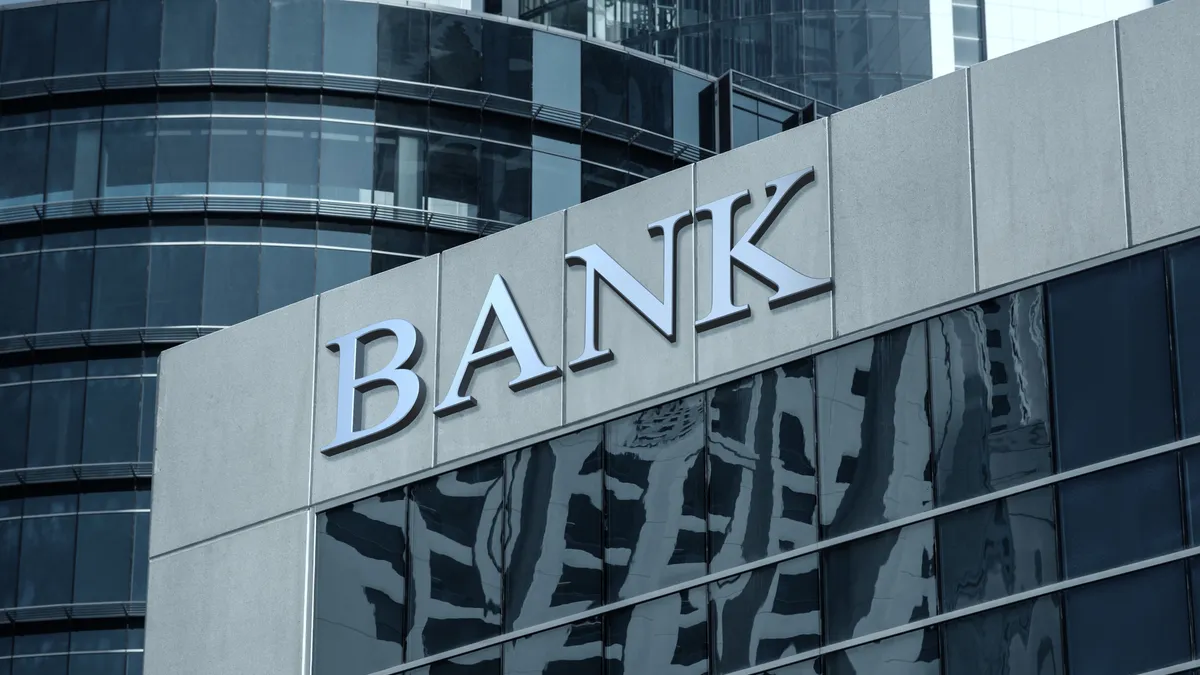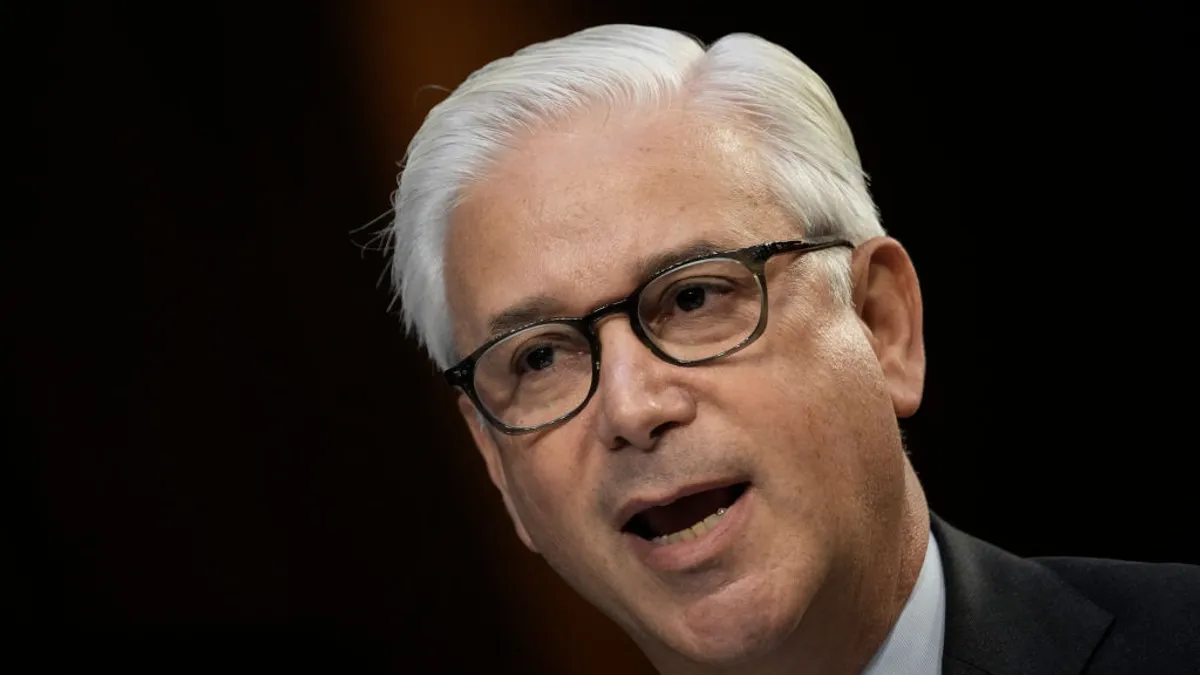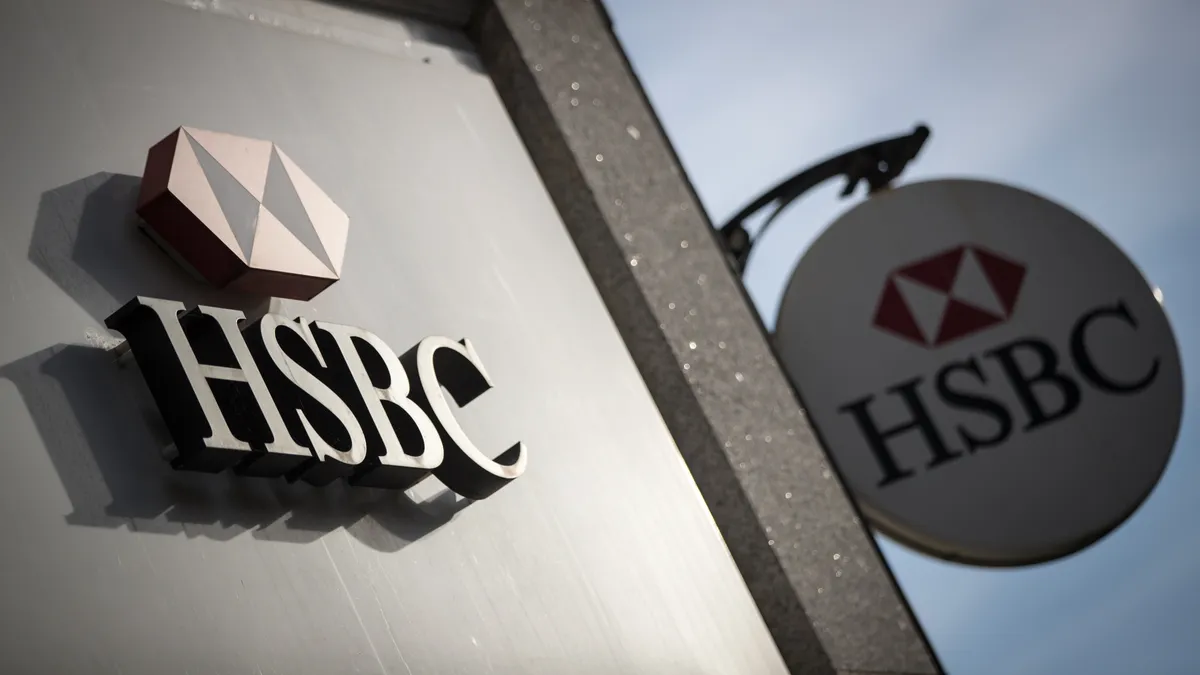Despite this year’s regional banking crisis and ongoing economic uncertainty, consumer trust in financial institutions remains steady, according to a survey by decision intelligence company Morning Consult.
The percentage of U.S. adults who say they trust banks and credit unions sits at 66% and 65%, respectively, according to the survey. Those figures are in line with a study Morning Consult conducted at the same time last year, indicating the spring banking crisis has done little to shake consumer confidence in traditional financial institutions.
“Customers still really trust financial institutions, especially banks and credit unions, and to a slightly lesser degree, credit card companies. Their levels of trust haven’t changed and their satisfaction is also very high,” said Jaime Toplin, a financial services analyst at Morning Consult. “That's a good thing for providers, because it means that they're not losing customers in the current environment.”
While the collapse of several regional lenders in the spring may have caused some consumers to reexamine their own banking relationships, consumers not directly affected by the turmoil likely found reassurance in their own banks, she said.
“They realized that those financial relationships were secure, and that affirms their trust in their own providers,” Toplin said. “That feels a little bit counterintuitive at first, but when you actually think about it, if you see something very dangerous happen and it doesn't happen to you, you might feel thankful that your relationship is secure and feel better about it.”
Consumer trust in traditional firms remains higher than consumer trust in their digital competitors, such as fintechs and digital banks, the survey found.
The percentage of adults who said they trust digital banks and fintechs was 43% and 37%, respectively, according to Morning Consult.
The data show there is room for fintechs and digital players to grow, Toplin said.
“I don't necessarily think that it's distrust as much as it's just a lack of forged relationships in the same way that other more incumbent financial services relationships are,” Toplin said.
Toplin said building relationships with traditional banks could help fintechs and digital banks earn trust with consumers.
“Running marketing campaigns and working with other types of financial services providers … can increase trust across the board,” Toplin said. “In my eyes, it's really about building awareness, building a customer base and building these lasting, reliable and in some cases, primary relationships. That's really the core challenge or opportunity, depending on how you look at it.”
The Gen Z opportunity
Morning Consult’s survey also found that not many consumers are looking to switch financial services providers. About 1 in 10 adults opened a new bank or credit union account (9%) or closed an existing account (11%) in August, according to the survey.
The takeaway? Firms should be pouring resources into tapping the next generation of consumers who are just starting to establish their banking relationships, Toplin said.
“Gen Zers are at much higher rates than the public overall, seeking out new entry-tier accounts. That's a huge opportunity,” Toplin said.
Around one-sixth of Gen Z adults opened an account with a new bank or credit union in August, according to the survey.
“Leaning on rewards experiences or cause marketing hacks that target Gen Zers could really give banks a lifelong opportunity,” Toplin said. “If you get an 18- or 21- year old to open their first independent checking account, that could later progress to a credit card or a mortgage if you forge a relationship and generate that trust early. A quarter of Gen Zers are up for grabs in this regard. That's huge.”
As consumers’ appetite for switching banks remains low, courting Gen Zers should be “mission critical” for firms looking to grow in 2024, Toplin said.
However, there may be one caveat, she added. The Consumer Financial Protection Bureau’s open banking proposal, which it unveiled last month and plans to begin implementing next year, aims to make switching financial services providers easier for consumers.
While still a ways away, the rule could create an environment where more consumers are willing to shop around for better financial services.
“[Open banking] has a lot of potential because it can lower hurdles and make it easier for consumers to diversify their financial services relationships more by opening up data sharing more easily,” Toplin said. “Whether or not it catches on is really going to depend on what consumers are presented with, what it looks like, and how it’s marketed and promoted.”



















